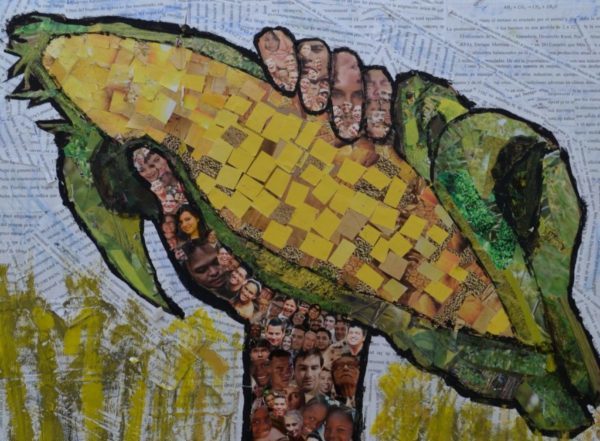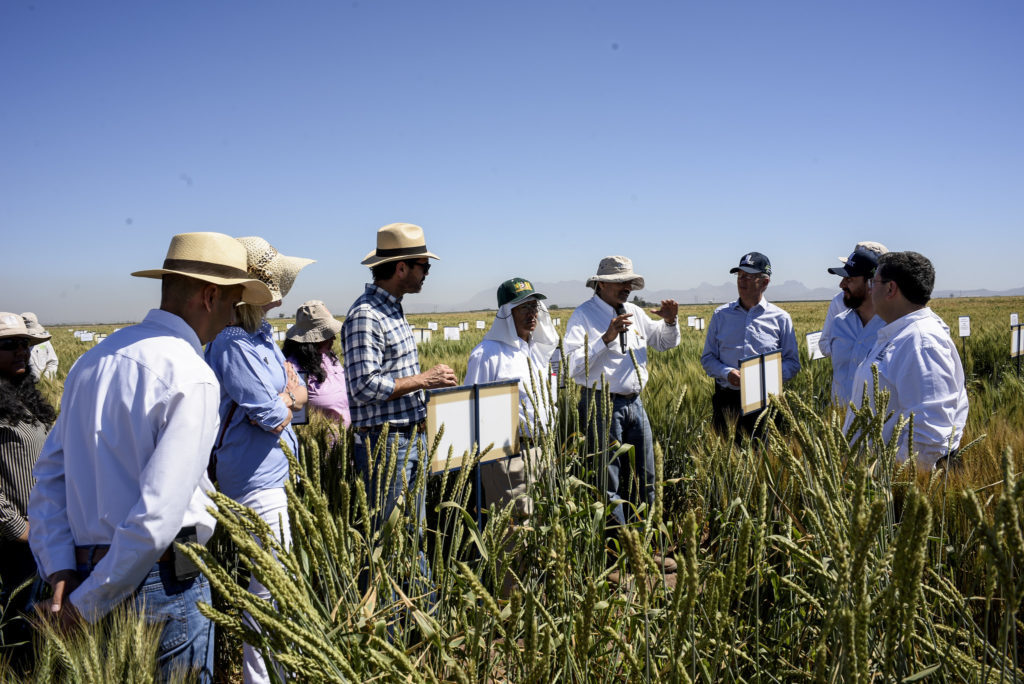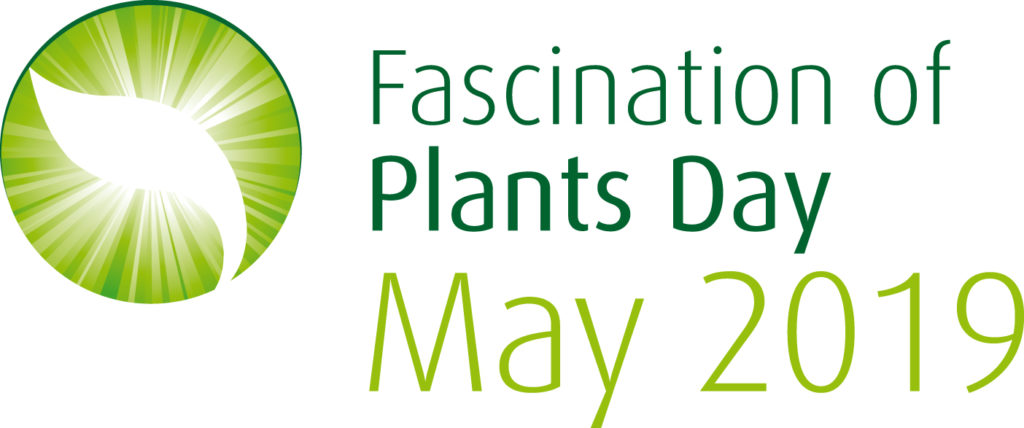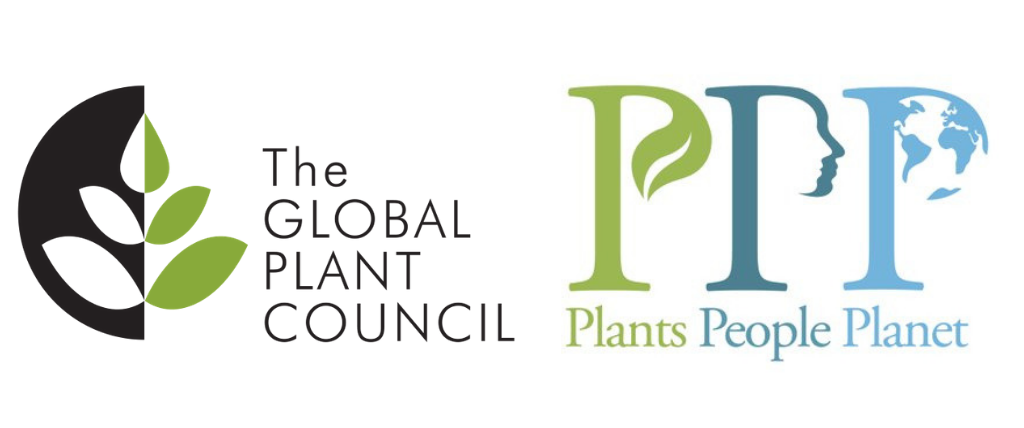
The Fascination of Plants Day 2019 Success Stories report has been recently published. Check out this and the Fascination of Plants Day 2019 Success Stories video series.

The Fascination of Plants Day 2019 Success Stories report has been recently published. Check out this and the Fascination of Plants Day 2019 Success Stories video series.

The Global Plant Council and “Plants, People and Planet” announce the 3 winners of our #plantSciART competition.

By Mathew Reynolds, Wheat Physiologist at, CIMMYT
First post of our “Global Collaboration” series
Wheat is the most widely grown crop in the world, currently providing about 20 percent of human calorie consumption. However, demand is predicted to increase by 60 percent within just 30 years, while long-term climate trends threaten to reduce wheat productivity, especially in less developed countries.
For over half a century, the International Wheat Improvement Network (IWIN), coordinated by CIMMYT, has been a global leader in breeding and disseminating improved wheat varieties to combat this problem, with a major focus on the constraints of resource poor farmers.

Two complementary networks — the Heat and Drought Wheat Improvement Consortium (HeDWIC) and the International Wheat Yield Partnership (IWYP) — are helping to meet the future demand for wheat consumption through global collaboration and technological partnership.
By harnessing the latest technologies in crop physiology, genetics and breeding, network researchers support the development of new varieties that aim to be more climate resilient, in the case of HeDWIC and with higher yield potential, in the case of IWYP.
These novel approaches to collaboration take wheat research from the theoretical to the practical and incorporate science into real-life breeding scenarios. Methods such as screening genetic resources for physiological traits related to radiation use efficiency and identifying common genetic bases for heat and drought adaptation are leading to more precise breeding strategies and more data for models of genotype-by-environment interaction that help build new plant types and experimental environments for future climates.
IWYP addresses the challenge of raising the genetic wheat yield potential of wheat by up to 50 percent in the next two decades. Achieving this goal requires a strategic and collaborative approach to enable the best scientific teams from across the globe to work together in an integrated program. TheIWYP model of collaboration fosters linkages between ongoing research platforms to develop a cohesive portfolio of activities that maximizes the probability of impact in farmers’ fields IWYP research uses genomic selection to complement the crossing of complex traits by identifying favorable allele combinations among progeny. The resulting products are delivered to national wheat programs worldwide through the IWIN international nursery system.
Recently, IWYP research achieved genetic gains through the strategic crossing of biomass and harvest index — source and sink — an approach that also validates the feasibility of incorporating exotic germplasm into mainstream breeding efforts.
In the case of HeDWIC, intensified — and possibly new — breeding strategies are needed to improve the yield potential of wheat in hotter and drier environments. This also requires a combined effort, using genetic diversity with physiological and molecular breeding and bioinformatic technologies, along with the adoption of improved agronomic practices by farmers. The approach already has proof of concept in the release and adoption of three heat and drought tolerant lines in Pakistan.
It is imperative to build increased yield and climate-resilience to into future germplasm in order to avoid the risk of climate-related crop failure and to maintain global food security in a warmer climate. Partnerships like HeDWIC and IWYP give hope to meeting this urgent food security challenge.
Further readings:
https://www.hedwic.org/resources.htm
https://royalsocietypublishing.org/doi/full/10.1098/rspb.2012.2190
An economist’s perspective on plant sciences: Under-appreciated, over-regulated and under-funded

The 5th international “Fascination of Plants Day” 2019 (FoPD 2019) is set to be celebrated across the world under the umbrella of the European Plant Science Organisation (EPSO) on the 18th of May. As you know, the goal is to get as many people as possible fascinated by plants and enthused about the importance of plant science. We are happy to announce the Global Plant Council is going to join the FoPD2019 fun by launching two separate online activities during the month of May.
On the one hand, every Friday, starting on the 3rd May, Global Plant Council is planning to publish on its blog a post on the series “Enhancing Global Collaborations in Crop Science” as a follow up on the workshop held in Baltimore last November in the frame of the CSSA/ASA Annual Meeting. First post “State of the art research meets breeding for wheat’s future” has been contributed by Mathew Reynolds, Wheat Physiologist at CIMMYT and leader of Heat and Drought Wheat Improvement Consortium (HeDWIC), the most recent addition to GPC team. Stay tuned for more!
On the other hand, we have another happy announcement to make. Global Plant Council is partnering with the journal “Plant, People and Planet” and launching an online photo contest on plant science that will give all participants the possibility to win one of the three $150 USD prizes. Do you want to know how? it is quite simple.

First, obviously, have a photograph/GIF/video taken around any of the following topics:
Secondly, share your photograph/GIF/video with a catchy plant science caption along with BOTH the hashtags #PlantsciART and #PlantDay and mentioning BOTH the Global Plant Council and “Plants, People, and Planet” journal in Twitter (@GlobalPlantGPC @plantspplplanet) OR Instagram (@globalplantcouncil @plantspplplanet).
The FoPD2019 contest will remain open during the month of May, and winners will be announced mid-June. We are eagerly waiting for your contributions and really looking forward to seeing (and sharing!) your pics.
Finally, the blog is back and at full speed. Yuhuuu!